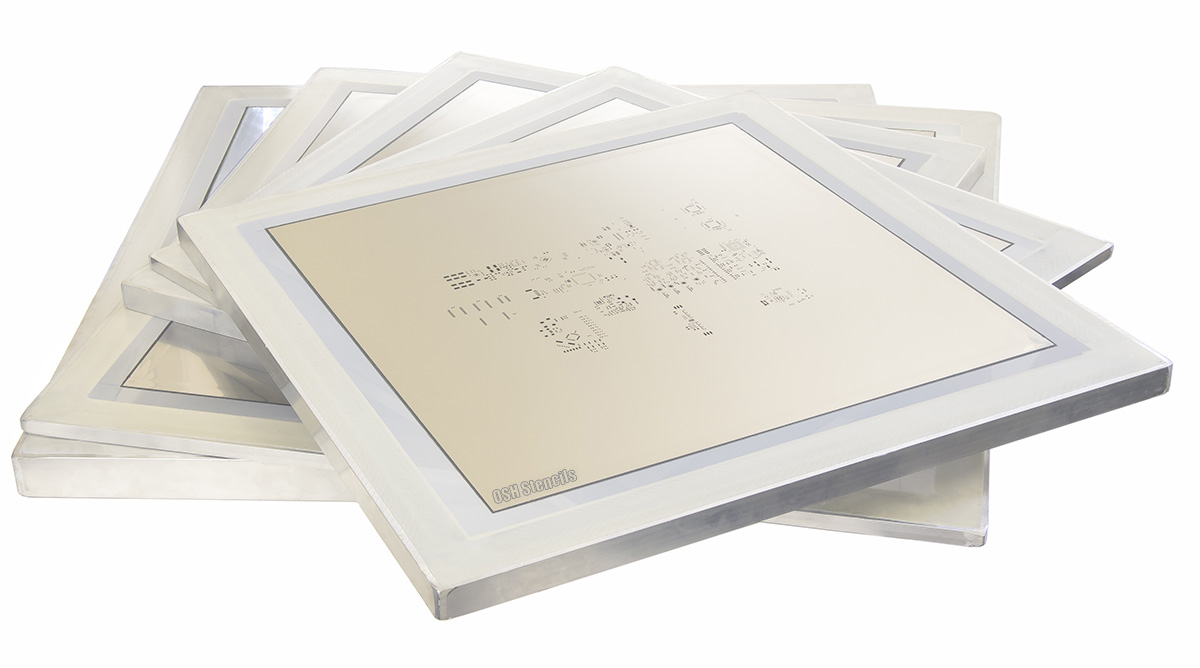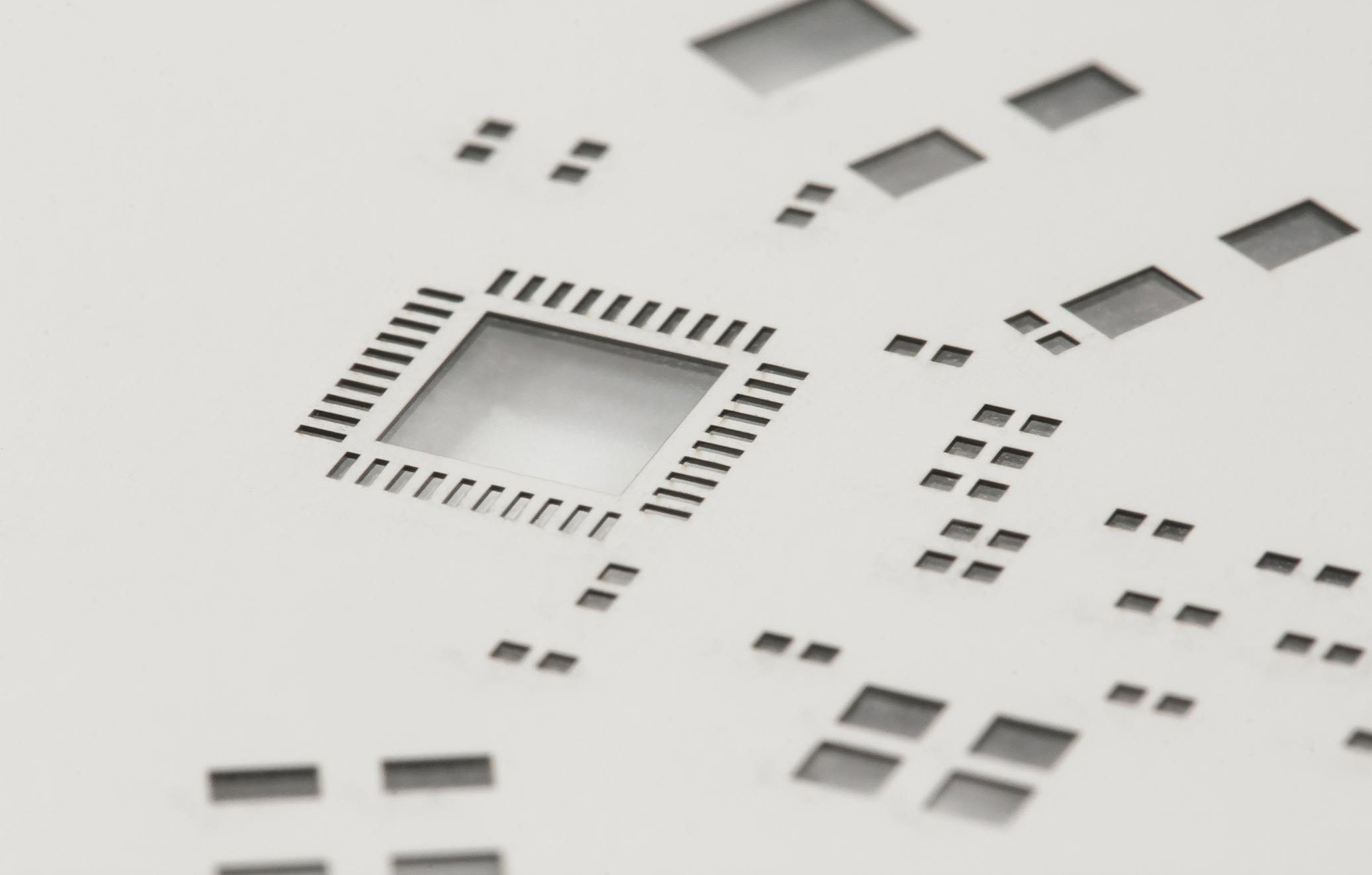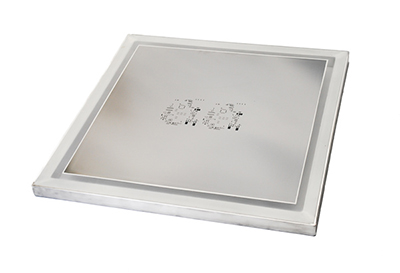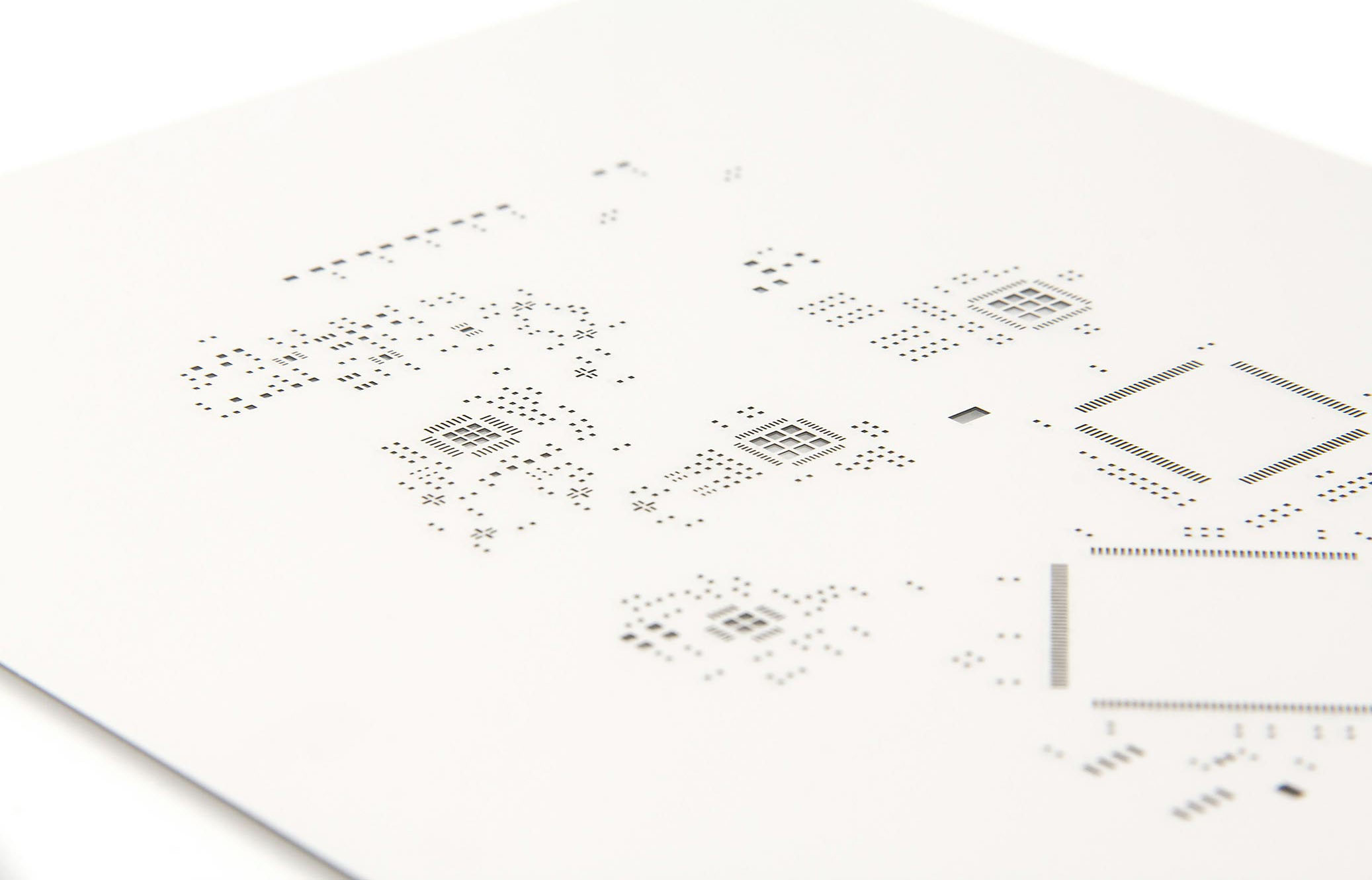Author: Lin Changhao
This article introduces several remote FM mono and stereo transmitters made with the miniature and efficient wireless sound transmission module MEC002A. Because the core device MEC002A used has the advantages of perfect function, wide operating voltage range, high transmission efficiency, long range, etc., the FM transmitter formed by it is easy to manufacture and simple to debug. The external size of MEC002A is 16x16x22mm, pin arrangement The standard pitch 7-pin single-in-line type is used. Its external dimensions and function of each pin are shown in Figure 1, and its internal structure is shown in Figure 2. The module itself contains a microphone and an audio amplifier circuit. The sound hole is completely exposed on the top surface of the module, which can fully receive sounds in all directions, and the sound sensitivity is quite high. Its sound sensing sensitivity can also be controlled by an external resistor R; the module is used Basically, there is no need to connect any components, as long as the power is turned on to work.
1. The simplest remote FM transmitter:
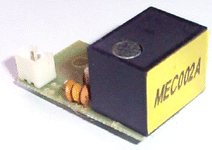
The simplest remote FM transmitter circuit is shown in Figure 3. Because the module has a large RF output power, connect the circuit according to Figure 3 and turn on the power to transmit. When the operating voltage is 12V, the transmitting antenna uses 1.5 meters The whip antenna has a transmission distance of nearly 1,000 kilometers in an open area. To adjust the sound transmission sensitivity, you can change the resistance of the resistance between the AI ​​and AO pins. The smaller the resistance, the higher the sound transmission sensitivity, and vice versa. It is generally controlled at 500Ω-10KΩ, and its minimum resistance is generally not less than 500Ω, otherwise it may affect the normal operation of the module. By applying this circuit, it can be made into FM wireless microphone, wireless intercom, monitor for anti-theft alarm, monitor for hospital ward, etc. If you want to make the internal microphone not work and need to use external audio signal for modulation, you can disconnect the G1 and GND short contacts and AI and AO short contacts on the soldering board. The external audio signal is sent to the AI ​​pin from the socket. The circuit can also be used to make a remote control transmitter with data transmission function. The circuit can be connected with reference to the dotted line in Figure 3. The data input terminal DATA_IN can be connected to the coded data output terminal of data coding integration (such as VD5026, etc.).
What is the working voltage, current and reference emission distance of MEC002A?
| Working voltage (V) | 1.5 | 3 | 6 | 9 | 12 |
| Reference working current (mA) | 8 | 16 | 40 | 60 | 90 |
| Reference launch distance (m) | 100 | 200 | 1000 | 1200 | 1500 |
2. Remote FM transmitter with power extension:

Old board new board
The actual transmission distance of the FM transmitter shown in Figure 3 is about 300-500 meters in the area with houses and other buildings. When it is used as a small-area FM transmitter station (such as campus radio, etc.), the transmission distance generally requires 1-3 kilometers. It is necessary to further increase the RF output power of the transmitter. Because the RF output power of MEC002A is large, it can directly excite the Class C RF power amplifier circuit, and the working efficiency of the Class C RF power amplifier circuit is higher, so only one more level needs to be added. The C-type RF power amplifier circuit composed of C1971 can effectively increase its transmission distance to 1-3 kilometers. The power expansion circuit of MEC002A is shown in FIG. 4, and its RF signal is transmitted by the coupling circuit to the base of the high-frequency power tube C1971. The amplified RF signal is filtered and emitted by the antenna into the air. The input and output coupling circuit of the Class C RF power amplifier circuit in Fig. 4 resonates at 79MHz. The MEC002A model should use a center frequency of about 79MHz and 2MHz, such as MEC002A12V80MHz. , The transmitting antenna can use the whip antenna of 1.2-1.5 meters or outdoor antenna, when using outdoor antenna When shooting from its role in the open area up to three kilometers. This circuit uses only two-stage circuits to achieve a transmission distance of one kilometer, making it very easy to make this remote FM transmitter. Generally, as long as the assembly is completed, it is only necessary to fine-tune the input-output coupling circuit to resonate at the center frequency of the sound transmission module. The entire circuit consumes about 300mA, and the power supply is preferably made up of 3 motorcycles with 6V batteries connected in series. If you use commercial power supply, you must make sure the voltage regulator and filter circuit, otherwise it will introduce hum interference and even cause the entire circuit to fail normal work.
3. Remote FM stereo transmitter:
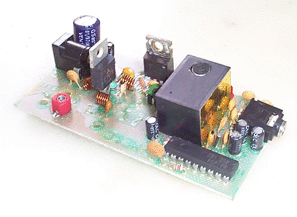
Old board new board
Figure 5 is based on Figure 4 by adding a level of FM stereo coding circuit composed of BA1404, so that Figure 4 is upgraded from a mono transmitter to a mono, stereo dual-purpose FM transmitter, here the BA1404 is abandoned The front audio amplifier circuit, RF oscillation circuit and RF power amplifier circuit are not used, only the internal stereo encoding part of the circuit is used. The 19KHz pilot signal and stereo composite signal are output by pins 13 and 14 of BA1404 and sent to MEC002A Modulation port AI adjusts the frequency of the internal high-frequency oscillation source of the module. This machine is very suitable for FM stereo broadcasting station used in schools or units.
The above introduces several FM transmitters with a transmission distance of less than 3 kilometers. If you want to further increase the transmission power, you can add an additional RF buffer amplifier circuit composed of C2053 between MEC002A and C1971 to improve the radio frequency of C1971. Excitation power, so that the transmission distance is increased to 3-5 kilometers, the input and output coupling circuit of the buffer amplifier circuit is basically similar to the C1971 level, the reader can design it by himself, no more details here, the working current of the entire circuit is controlled at about 500-800mA .
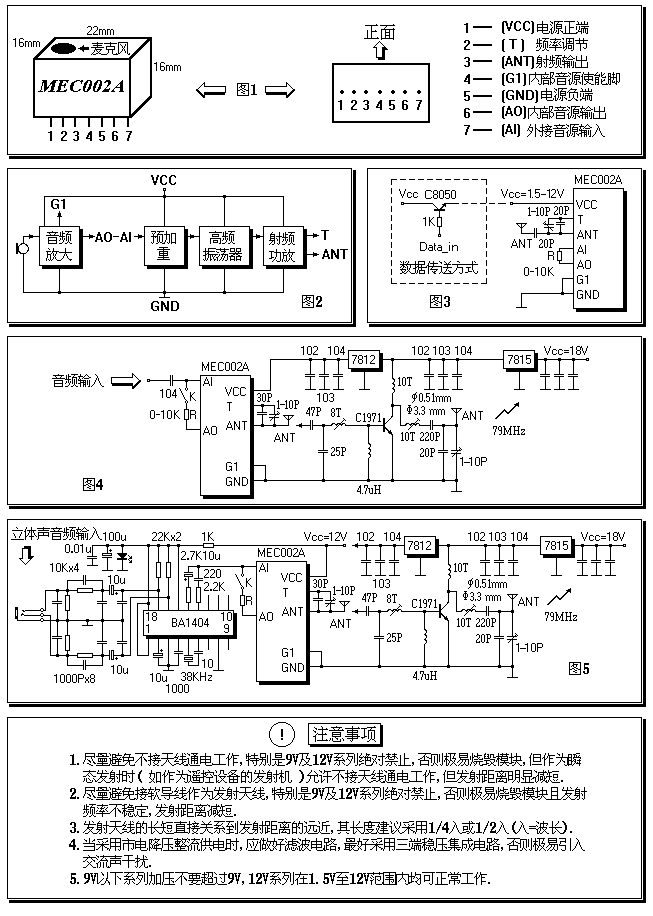

Follow WeChat

Download Audiophile APP

Follow the audiophile class
related suggestion
Many radio enthusiasts want to make an FM transmitter, especially in 87 ~ 10 ...
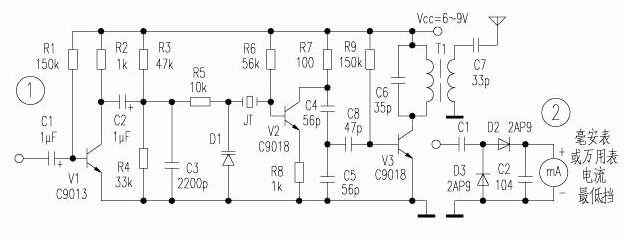
The inverter introduced here (see Figure 1) is mainly composed of MOS field effect transistors and common power transformers. Its output power depends on MO ...

![[Photo] Self-made 5 Watt FM Transmitter](http://i.bosscdn.com/blog/20/06/41/520493168.jpg)
![[Photo] BA1404 small stereo FM transmitter](http://i.bosscdn.com/blog/20/06/41/5204442643.gif)
One. Foreword: Here I will introduce a simple FM transmitter that is easy to manufacture. ...
![[Photo] Small FM transmitter](http://i.bosscdn.com/blog/20/06/41/5204429395.jpg)
The cell area we refer to here refers to the radius
![[Photo] Practical use of STK3048 and STK6153 ...](http://i.bosscdn.com/blog/20/06/41/5131039354.jpg)
The Class A transistor power amplifier has a warm and sweet tone, which makes people tempted. But the temperature rise of Class A amplifier ...
![[Photo] Class A power amplifier using SAP15N / P audio pair tube ...](http://i.bosscdn.com/blog/20/06/41/513346769.gif)
The circuit is shown in Figure 5, ...
![[Photo] Using TDA7294 and 2SA1216 / 2S ...](http://i.bosscdn.com/blog/20/06/41/4233420295.gif)

